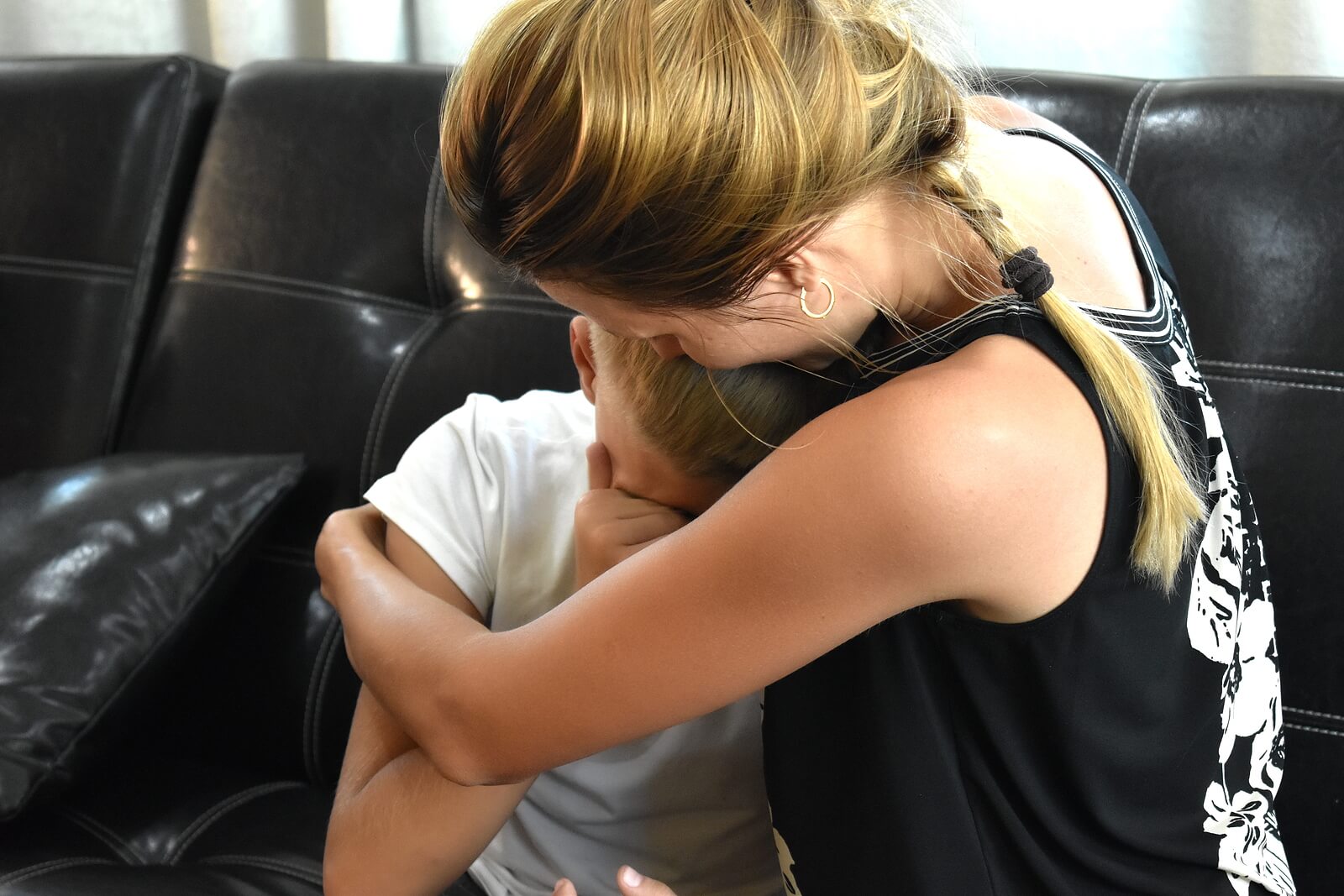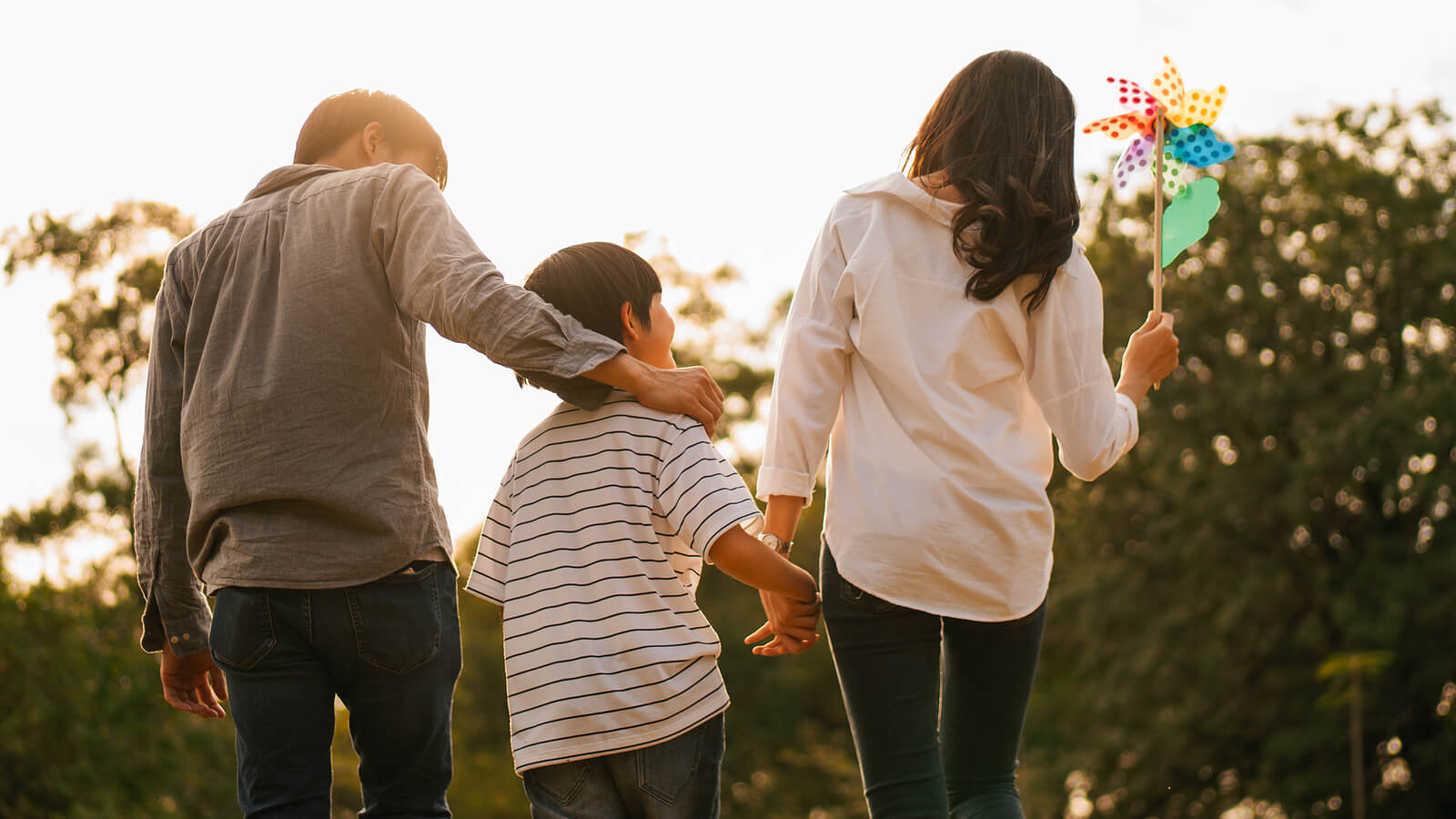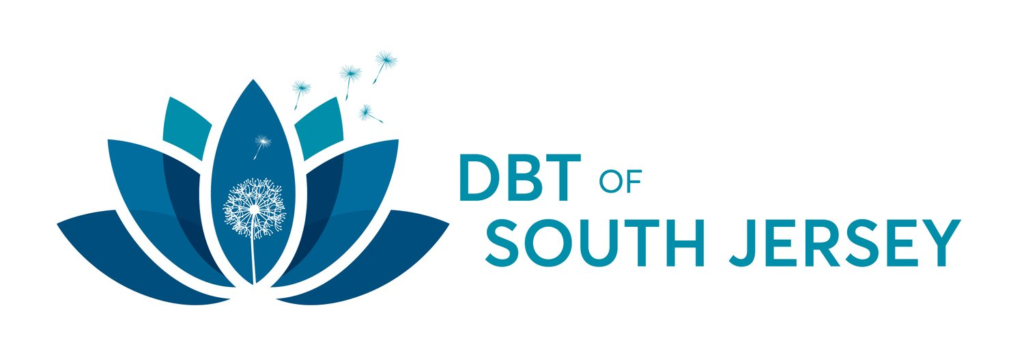Written By: Habeebah Abdus-Salaam, LSW, CSSW
In today’s fast-paced and challenging world, children and teenagers are faced with unique emotional and social pressures. From academic stress to the growing influence of social media, many struggle to navigate their emotions effectively. Whether it’s dealing with peer pressure, managing expectations, or coping with fluctuating self-esteem, these emotional challenges can become overwhelming. This is where Dialectical Behavior Therapy (DBT) can make a profound difference. Originally developed for adults dealing with borderline personality disorder, DBT has since been adapted to meet the unique needs of children and teens. Helping them build emotional regulation, resilience, and essential life skills.
This guide delves into the principles of DBT, its key skills, the benefits for young people, and practical applications for parents, educators, and therapists. By understanding how DBT works and how it can be applied in the lives of children and teens in child and teen therapy, we can better equip the next generation to handle the emotional turbulence that often accompanies growing up.

What Is Dialectical Behavior Therapy (DBT)?
DBT is a specialized form of cognitive-behavioral therapy (CBT) that focuses on balancing acceptance and change. While CBT often emphasizes changing negative thoughts and behaviors, DBT integrates a key component: accepting and validating the current emotional state, while simultaneously encouraging positive behavioral changes. This dual approach makes DBT particularly effective for individuals who experience intense emotional responses, like those struggling with anxiety, depression, and impulsivity.
DBT works by teaching individuals skills to manage their emotions, improve interpersonal relationships, and make more effective decisions. Developed by Dr. Marsha Linehan, DBT incorporates mindfulness techniques that encourage individuals to focus on the present moment, making it highly beneficial for young people who may struggle to stay grounded or regulate their emotions in the face of intense feelings.
For children and teens, DBT is adapted to address age-specific challenges. Such as difficulty managing impulses, navigating peer relationships, and handling family conflicts. Rather than simply providing coping strategies, DBT encourages youth to develop a deeper understanding of themselves and their emotional experiences.
Core Principles of DBT
At its core, DBT operates on several guiding principles that form the foundation of its approach:
- Dialectics: The concept of dialectics refers to the ability to hold two seemingly opposing truths at the same time. For example, a child can feel both anger and love toward a parent at the same time. This principle helps young people embrace emotional complexity, reduce black-and-white thinking, and recognize that emotions are not always either/or but can coexist.
- Validation: Acknowledging and accepting emotions as real and valid is a cornerstone of DBT. Even when a child or teen’s emotions may seem disproportionate or out of context, validating their feelings helps to reduce shame and increase self-compassion. Validation encourages young people to accept themselves as they are, fostering emotional safety.
- Skill Building: DBT is designed to teach children and teens practical tools to regulate their emotions, solve problems, and communicate more effectively. These skills become tools in their emotional toolkit, empowering them to take charge of their mental health.
- Mindfulness: Mindfulness—the practice of focusing on the present moment without judgment—is an essential part of DBT. By helping children focus on what they can control rather than dwelling on past mistakes or worrying about future scenarios, mindfulness reduces anxiety and promotes emotional clarity.
Why DBT for Children and Teens?
Children and teens often face challenges with emotional dysregulation due to their developing brains, limited coping skills, and the stressors of adolescence. Whether it’s struggling to manage big emotions like anger or sadness, dealing with school pressure, or coping with peer dynamics, many young people lack the emotional tools they need to effectively handle these challenges. DBT provides a structured, evidence-based approach to address these difficulties. Offering both symptom relief and long-term resilience.
DBT has been shown to be highly effective for children and teens dealing with:
- Anxiety and depression
- Attention-Deficit/Hyperactivity Disorder (ADHD)
- Oppositional Defiant Disorder (ODD)
- Self-harm or suicidal ideation
- Trauma and Post-Traumatic Stress Disorder (PTSD)
- Emotional outbursts and anger management issues
By teaching coping mechanisms and resilience skills, DBT not only helps reduce symptoms but also improves self-esteem and promotes healthier relationships. Both of which are essential for mental well-being.
Key DBT Skills for Children and Teens
DBT is structured around four core skill modules. Each provides critical tools for emotional and behavioral development:
1. Mindfulness
Mindfulness is the cornerstone of DBT, helping children and teens focus on the present moment and observe their thoughts and feelings without judgment. This foundational skill helps them break free from emotional overwhelm.
Skills Include:
- Observe: Notice thoughts, feelings, and surroundings without reacting. This helps children become more aware of their emotional triggers.
- Describe: Put experiences into words, which helps make sense of emotions and facilitates emotional clarity.
- Participate: Fully engage in the present activity to stay grounded, instead of getting lost in distracting or destructive thoughts.
Practical Example: A teen feeling anxious about an upcoming exam can use mindfulness techniques like deep breathing while observing their physical sensations (e.g., a racing heart) to calm their nervous system.
2. Emotional Regulation
This module helps children and teens recognize and manage their emotions more effectively, building their emotional intelligence and resilience.
Skills Include:
- Identifying Emotions: Recognizing and naming feelings helps children understand their emotional experiences.
- Opposite Action: Acting opposite to destructive emotions—like going for a run when feeling sad—can disrupt harmful emotional patterns.
- Reducing Vulnerability: Building resilience through healthy habits such as good sleep hygiene, proper nutrition, and physical activity.
Practical Example: A child feeling frustrated might identify their emotion and then choose to take a walk rather than acting out or becoming aggressive.
3. Distress Tolerance
This module focuses on helping children and teens handle crises or intense emotional moments without making the situation worse.
Skills Include:
- TIP Skills: Using techniques such as cold-water immersion, intense exercise, or paced breathing to reduce emotional intensity.
- Distraction: Shifting attention away from distressing feelings through engaging in calming or enjoyable activities.
- Radical Acceptance: Fully accepting a difficult situation as it is in order to minimize the suffering associated with resistance.
Practical Example: A teen who is upset after a fight with a friend may practice radical acceptance and choose to distract themselves with a creative activity like drawing or listening to music.
4. Interpersonal Effectiveness
This module teaches skills for building and maintaining healthy relationships with family, friends, and peers.
Skills Include:
- DEAR MAN: A framework for assertive communication, helping young people express themselves while maintaining respect for others.
- GIVE: Techniques for building positive relationships by being gentle, interested, validating, and easygoing in interactions.
- FAST: Ensuring self-respect in relationships by being fair, sticking to personal values, and being truthful.
Practical Example: A child being bullied may use DEAR MAN to assertively communicate their needs to a teacher or peer, creating boundaries in the process.
Adapting DBT for Younger Populations
DBT for children and teens often incorporates playful, age-appropriate methods to engage young minds. Therapists may use creative techniques such as storytelling, role-playing, and visual aids to make DBT skills more accessible and relatable. For example, a therapist might use a “feelings thermometer” to help a child gauge the intensity of their emotions or create a “coping skills toolbox” filled with items like stress balls, fidget toys, and calming scents.
For younger children, parents are often involved in the therapy process, helping reinforce skills at home and ensuring that they can practice DBT techniques in everyday settings. This collaborative approach makes DBT more effective and integrated into daily life.
The Role of Parents and Caregivers
Parents play a crucial role in the success of DBT for children and teens. They not only support their child through the process but can also learn DBT skills themselves, modeling positive behaviors and creating a stable environment that fosters emotional growth.
Tips for Parents:
- Practice Validation: Acknowledge your child’s emotions without judgment. For example, instead of saying “Don’t be sad,” try saying, “I see you’re feeling sad, and that’s okay.”
- Reinforce Skills: Encourage your child to practice DBT techniques regularly. Remind them to use skills when they face emotional challenges.
- Stay Calm: Model emotional regulation for your child, even during stressful or frustrating situations.
- Celebrate Progress: Acknowledge the small victories along the way. Building your child’s confidence and reinforcing their ability to manage their emotions.
Benefits of DBT for Children and Teens
When implemented effectively, DBT can bring about profound changes in a young person’s life. Some key benefits include:
- Improved Emotional Awareness and Regulation: Children and teens develop a greater understanding of their emotions and how to manage them.
- Enhanced Problem-Solving and Decision-Making Skills: DBT helps young people develop critical thinking and resilience when faced with challenges.
- Stronger Interpersonal Relationships: By learning effective communication and conflict-resolution skills, young people build healthier relationships with peers and family members.
- Reduced Impulsivity and Risky Behaviors: DBT helps children and teens make more thoughtful decisions, reducing behaviors like self-harm or impulsive risk-taking.
- Increased Self-Esteem and Resilience: With a stronger foundation of emotional skills, young people gain confidence in their ability to handle life’s challenges.
Research has consistently shown that DBT can reduce symptoms of depression, anxiety, and self-harm in teens, while also improving their overall quality of life. By equipping young people with the tools they need to regulate their emotions and navigate social pressures, DBT helps build long-term emotional resilience.
Implementing DBT in Schools and Communities
Schools and community organizations can play a pivotal role in making DBT more accessible to children and teens, ensuring that these vital skills are available to as many young people as possible.
Strategies for Implementation:
- DBT-Informed School Programs: Integrating DBT skills into social-emotional learning (SEL) curricula can give students the tools they need to navigate their emotions effectively.
- Teacher Training: Providing educators with DBT techniques can help them support students who struggle with emotional regulation in the classroom.
- Peer Support Groups: Creating safe spaces for teens to practice DBT skills with their peers fosters a sense of community and belonging.
By embedding DBT in educational and community settings, we can help create emotionally resilient young people who are better equipped to thrive in today’s complex world.
Challenges and Considerations
While DBT offers numerous benefits, it’s not without challenges. Children and teens may initially resist therapy or struggle to apply skills consistently. However, with patience, persistence, and a collaborative approach, DBT can be transformative. It’s essential to work with a trained DBT child and teen therapist who understands the unique needs of young clients, ensuring that interventions are tailored to meet their developmental and cultural needs.
Conclusion
Dialectical Behavior Therapy (DBT) is a powerful and effective tool for helping children and teens navigate their emotional worlds with confidence and resilience. By teaching mindfulness, emotional regulation, distress tolerance, and interpersonal effectiveness, DBT equips young people with the skills they need to thrive in an increasingly complex world. Whether you’re a parent, educator, or therapist, embracing the principles of DBT can have a lasting impact on the emotional well-being of children and teens.
Navigating conflict with your child and teen can feel overwhelming, but it doesn’t have to be. Our team of experienced child and teen therapists is here to help you every step of the way. At DBT of South Jersey, we conveniently offer online therapeutic services for residents throughout New Jersey, as well as in-person sessions at our Voorhees and Moorestown locations. If you’re looking to explore DBT further, call to speak with our intake coordinator to see if DBT is right for you and your family. Let us guide you in fostering healthier communication and strengthening your relationship with your child. The power of DBT can change young lives, one skill at a time.
FAQ: DBT for Children and Teens
- What is DBT, and how does it differ from other types of therapy for children and teens?
DBT (Dialectical Behavior Therapy) is a type of cognitive-behavioral therapy that focuses on balancing acceptance and change. Unlike traditional talk therapy, DBT emphasizes teaching practical skills to manage emotions, tolerate distress, and improve interpersonal relationships. It incorporates mindfulness, making it particularly effective for children and teens who experience intense emotions or behavioral challenges.
- How long does DBT treatment typically last for children and teens?
The length of DBT treatment can vary based on individual needs. A standard comprehensive DBT program for teens may last 6 to 12 months, including weekly individual therapy, group skills training, and coaching calls as needed. For younger children, shorter, skill-focused interventions may be used.
- Can parents or caregivers participate in DBT sessions?
Yes, parent involvement is a critical component of DBT for children and teens. Many DBT programs include parent training to help reinforce skills at home. Parents may also attend family sessions where they learn techniques to validate their child’s emotions, model healthy coping skills, and improve communication.
- Are DBT skills difficult for children to learn?
DBT skills are adapted to be age-appropriate and engaging for younger populations. Therapists use creative methods like storytelling, role-playing, games, and visual aids to make the skills relatable. Consistent practice and reinforcement at home and school help children integrate these skills into daily life.
- What if my child is resistant to therapy?
It’s common for children and teens to feel hesitant about starting therapy. To increase engagement:
- Explain the purpose of DBT in simple, relatable terms.
- Emphasize that DBT teaches skills that can make life easier and more manageable.
- Allow your child to express concerns, and involve them in setting therapy goals.
- Choose a therapist who is warm, approachable, and experienced with younger clients.
- Can DBT be used alongside medication?
Yes, DBT can be combined with medication management when necessary. While DBT focuses on skill-building and behavioral strategies, medications may help address underlying issues like anxiety or depression. A collaborative approach involving a psychiatrist and DBT therapist ensures comprehensive care.
Sources:
https://pmc.ncbi.nlm.nih.gov/articles/PMC6007584/
https://jamanetwork.com/journals/jamapsychiatry/fullarticle/2685324#google_vignette
https://mindbodyo.com/dialectical-behavior-therapy/

Find Support For Your Child With Therapy for Children and Teens in South Jersey
If your child or teen is struggling with intense emotions, peer pressure, or self-esteem challenges, therapy for children and teens can provide the support they need to thrive. Through Dialectical Behavior Therapy (DBT), young people can learn essential skills to regulate emotions, build resilience, and navigate relationships with confidence. Explore how our team at DBT of South Jersey can help your family create a path toward healing and emotional growth. Follow these three simple steps to get started:


